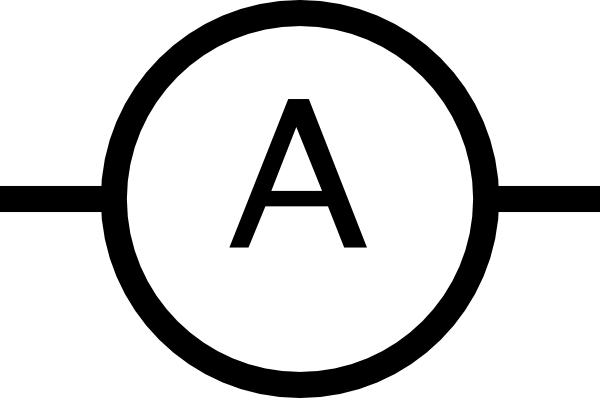
An inspector will scrutinize your work more closely than an electrician’s work. Make sure your cable is pulled tightly through wall and floor spaces and is stapled according to code requirements, which specify insulated staples or straps …
➤ Not more than 12 inches from a box or fitting.
➤ Not more than 41⁄2 feet from each other when a cable is running along a stud or joist.
➤ Installed without damaging or denting the cable in any way.
You must have at least six inches of cable or conductors in each box from the point of entry into the box. Once attached to a device, the conductors should be neatly tucked inside with the hot and neutral conductors separated from each other. Overall neatness and professionalism go a long way toward satisfying an electrical inspector.


